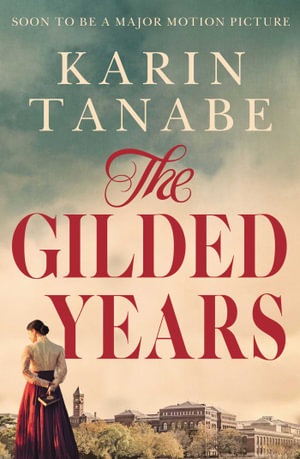The gilded years by Karin Tanabe

Based on the real story of Anita Hemmings – the first Afro-American student to graduate from the prestigious Vassar College, this is an insight into the class, gender and race history of education and the American college system of the late 19th century. The irony of the story is that Anita was able to enrol at this college because she could pass for white, and needed to keep her mixed-race background a secret, because they did not accept ‘coloured’ students. Into this world of privilege and wealth, Anita is initially just an incredibly able and focused student, excelling in Greek, Latin and other languages; she is also admired for her incredible beauty and quiet decorum, and she can also sing. She becomes a well-respected College participant… and her family background remains a mystery. In her final year she rooms with an extremely wealthy and exuberant girl, full of personality and verve. She comes from the New York elite and Anita’s life gains a spark of charismatic possibility by being near her. But still she must keep her humble origins from the attention of all, as attitudes are steeped in racism, and if they knew that she was ‘coloured’, even though she looked ‘white’, her academic dreams would crumble. The guilt of casting off her own black history and passing as a white woman to make her own dreams possible is part of the conflict of her life. ‘Passing’ has a different connotation in this educational setting.
This story is soon to be the basis for a major film, and it is confronting as it deals with the power and seduction of money, the historical awfulness of racism towards the Afro-American community, and the poverty of educational opportunities that followed. All the way through the book there is a tension that Anita will be ‘found out’, and that her innocent and hard-working family will suffer too. The friendships that are forged in the strange land of College life and the educational headiness of the elite world that they move in, with its social connections with Yale and Harvard, and potential romance links, are all intriguing and fraught. Can Anita thrive in this environment or will her life of lies tumble around her? What will happen for all these educated women at the turn of the century, will they just become wives and mothers and lose their dreams for the future? The final chapter reveals Anita’s daughter beginning her own journey at Vassar College. Has anything changed in a generation at the start of the 20th century? This book is worthy of recommendation and I will look forward to the movie’s interpretation of this part of US history.
Note: The Author has fictionalised some of the history, basing the scaffold of the story on the real history of Anita Love (nee Hemmings).
Themes: Afro-American history, Race relations, USA – 19th Century, Education, Class, Gender opportunities – History, College education – History, New York, Racism.
Carolyn Hull